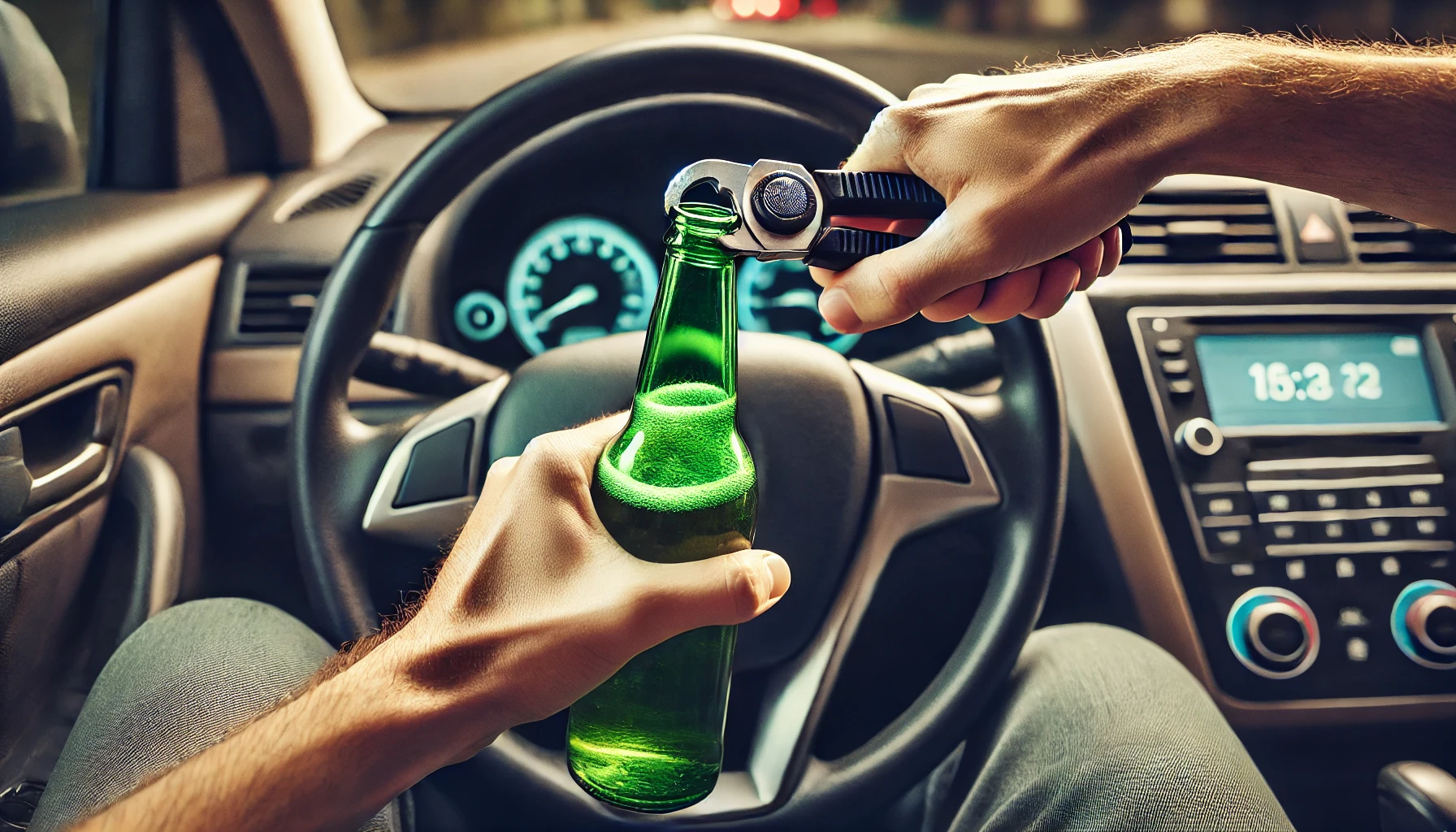
Researchers in Australia have developed an innovative computer tracking system capable of detecting, via camera images, the level of inebriation of motorists. If successfully combined with surveillance cameras, this technology could become a formidable tool for law enforcement agencies.
Researchers at Australia’s Edith Cowan University (ECU) have made significant strides in road safety by developing computer tracking technology that uses a simple camera to detect drivers who are too drunk to drive safely. The technology is based on a machine learning system that analyzes various facial features, as well as the position of the head and the direction of the driver’s gaze, to determine their level of intoxication. This pioneering solution is the first to use a conventional RGB camera to detect levels of alcohol intoxication based on signs of impairment on drivers’ faces.
To train their tool, the researchers collaborated with MiX by Powerfleet, a fleet management application that typically tracks driver behavior. The study involved participants divided into three levels of alcohol intoxication: sober, slightly intoxicated, and severely intoxicated. These participants were recorded while driving on a simulator. The collected images were then fed into the machine learning system developed by the ECU researchers, allowing the system to learn and recognize the signs of intoxication.
Initial tests have demonstrated a 75% accuracy rate in the system’s analysis of driver behavior. This level of accuracy is promising for the future integration of the system into roadside surveillance cameras, offering a fast and effective alternative to traditional methods of detecting drunk drivers.
The next phase of the research involves defining the level of image resolution required to use this algorithm while ensuring maximum reliability. If the system proves effective at lower resolutions, its potential applications could expand significantly, particularly for use in roadside surveillance cameras.
In fact, this technology could eventually be used to unlock vehicles by detecting the driver’s level of sobriety. Additionally, it could be integrated into existing roadside cameras, much like the cameras currently used to detect seatbelt usage or cellphone use while driving.
| Feature | Description |
|---|---|
| Technology Basis | Machine learning system analyzing facial features, head position, and gaze direction |
| Camera Type | Conventional RGB camera |
| Training Data | Images from MiX by Powerfleet fleet management application |
| Participant Groups | Sober, slightly intoxicated, and severely intoxicated |
| Accuracy | 75% in initial tests |
| Potential Applications | Roadside surveillance cameras, vehicle unlocking systems |
| Next Steps | Determining optimal image resolution for reliable detection |
- Uses machine learning to detect alcohol impairment through facial analysis.
- Trained with data from a fleet management application, capturing varied levels of intoxication.
- Achieves a 75% accuracy rate in identifying drunk drivers.
- Could be integrated into roadside cameras for real-time monitoring.
- Aims to expand usability by determining the required image resolution for effective detection.
In Australia, drink-driving is the leading contributing factor in approximately one-third of fatal crashes. The development of this technology represents a significant step toward reducing these incidents by providing law enforcement with a new tool to identify impaired drivers before accidents occur.
Currently, the detection of drunk drivers relies heavily on breathalyzer tests and field sobriety tests, both of which require direct interaction between the driver and law enforcement officers. This new camera-based system could revolutionize the process by allowing for remote detection, thus reducing the need for physical stops and potentially increasing the number of impaired drivers caught before they can cause harm.
The ability to integrate this technology into existing surveillance infrastructure could also provide a cost-effective solution for municipalities looking to enhance road safety. By leveraging the widespread deployment of traffic cameras, cities and towns could quickly adopt this system, making roads safer without significant additional investment.
The ECU research team is now focused on refining their system to ensure it can operate effectively under various conditions. This includes testing the technology at different image resolutions and in varying lighting conditions to ensure its reliability in real-world scenarios.
One of the critical aspects of the next phase will be ensuring that the system can distinguish between different levels of intoxication with a high degree of accuracy. This precision is crucial for the system’s effectiveness, as false positives could undermine public trust and lead to unnecessary legal complications.
Moreover, the ethical implications of such surveillance technology will need to be carefully considered. Ensuring that the system respects privacy while effectively identifying impaired drivers will be a delicate balance. Public awareness and transparency about how the technology works and how the data will be used will be essential in gaining public support.
The development of this innovative drunk driving detection system by Edith Cowan University researchers marks a significant advancement in road safety technology. By leveraging machine learning and conventional RGB cameras, the system offers a promising new method for identifying impaired drivers remotely. With further refinement and testing, this technology could become a critical tool in reducing drunk driving incidents and enhancing public safety on roads worldwide.
The potential for integration into existing surveillance infrastructure makes this an attractive solution for municipalities seeking cost-effective ways to improve road safety. As the research progresses, the focus will remain on ensuring reliability, accuracy, and ethical deployment of the technology, paving the way for a safer future for all road users.
Featured Image courtesy of DALL-E by ChatGPT
